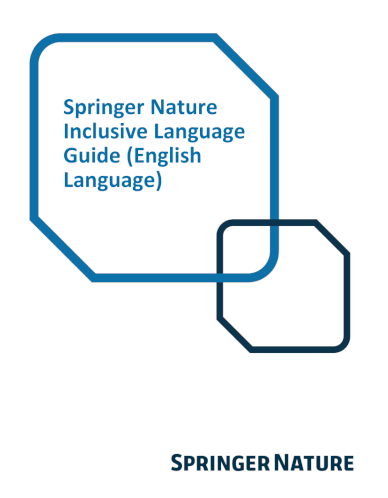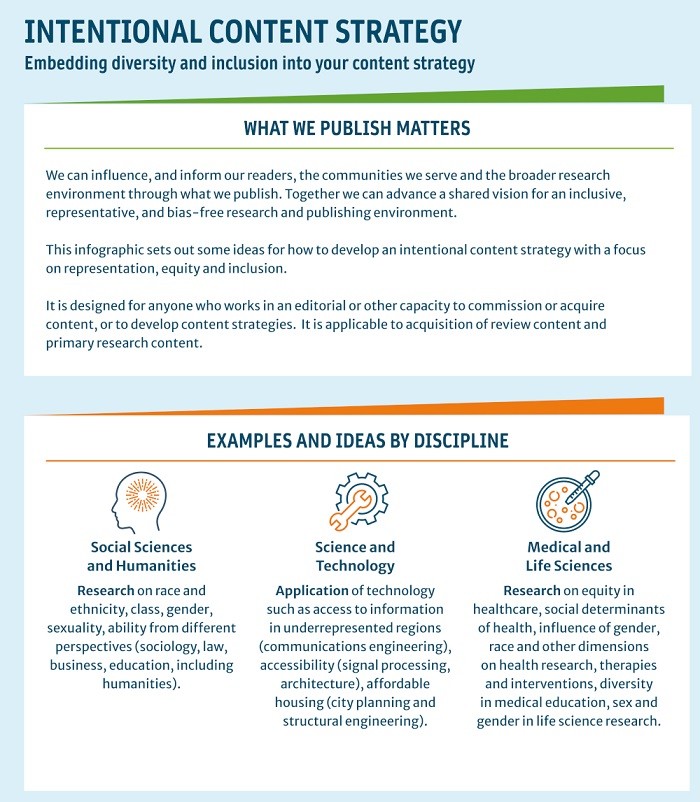Get the insights and data you need to understand the landscape of global inclusion in research publishing to take action informed by data.
Global Research Pulse: India
PŐľĘÓƵ’s second Global Research Pulse , the world’s fifth-largest economy, and home to 259 researchers in R&D per million people. This report delivers data-driven insights to help our editors shape journal strategy and deepen global engagement. For PŐľĘÓƵ editors, this report is a strategic resource that helps ensure that our publishing reflects the changing research landscape we work in.
Closing the Gender Gap: Peer Review at Nature Portfolio
Despite progress over the past two decades in improving representation of women across the research community, women continue to remain underrepresented in key disciplines and regions, with the gender gap widening with seniority. At PŐľĘÓƵ, we are committed to addressing this imbalance. Our latest report offers a comprehensive analysis of gender representation across multiple stages of the publication journey. We believe that transparency is essential to driving meaningful change—and we’re proud to share these insights with the global research community. Explore the further.
Editor Diversity at PŐľĘÓƵ Journals
Our first benchmarking report examining geographic and gender diversity of our academic editors. We recognise that to facilitate change we must first understand our current editor demographics. This report provides an initial benchmarking analysis of editor diversity at PŐľĘÓƵ, a community of over 100,000 academic editors, including Editors-in-Chief (EICs) and other editors for a group of approximately 3,000 PŐľĘÓƵ journals. Browse the to see what we discovered.
Global Research Pulse: China
Chinese research outputs have been steadily on the rise, and a shift from quantity to quality is apparent. PŐľĘÓƵ's first Global Research Pulse takes a look at the evidence of improvement in China's research quality, and the strategy that makes this possible. It offers essential insights to editors on the Chinese research landscape, so they can effectively engage with China and have the tools to make informed decisions.







 Inclusion in research study design
Inclusion in research study design








